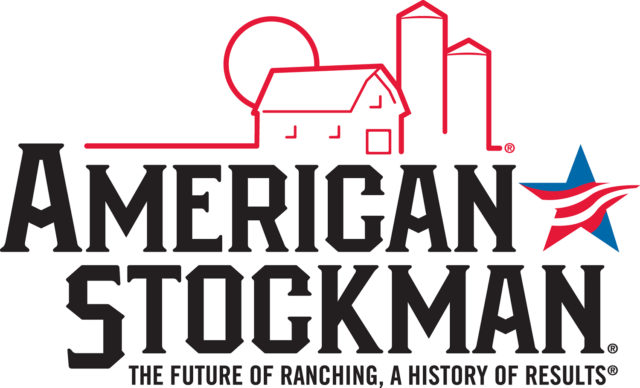Over the last 20 years, annual U.S. imports of Mexican cattle averaged 1.07 million head. During that same timeframe, cattle from Canada averaged 1.06 million head per year. Most of those Mexican animals are "feeder cattle" (not slaughter ready animals or breeding stock) and, depending on the year, those animals go to grazing programs (e.g. Oklahoma wheat pasture) or directly to feedlots (mostly in Texas). Canadian producers sell all types of cattle to the U.S. with the bulk being either feeder cattle or slaughter ready animals sold to packers (steers, heifers, and cows).
Last year (2011), imports from Mexico totaled 1.43 million head, which was the largest since 1996 and about 200,000 head above 2010's. The most severe drought in decades devastated Mexican pastures in 2011, just like in the Southern Plains of the U.S., forcing producers to sell animals early and liquidate herds. Further, the drought was expansive, causing animals from further south than normal in Mexico to move north.
For the 10 year period prior to the discovery of BSE in Canada (1993-2002), the U.S. purchased an average of 1.25 million head of Canadian cattle each year. During 2003 into 2005 U.S. imports dropped dramatically, but subsequently returned to more normal levels. The impact of smaller Canadian calf crops became rather apparent in 2011 when U.S. imports dropped to the lowest level since BSE and posted a one year decline of about 380,000 head.
Trends in 2012
So far this year even more Mexican feeder cattle have been imported than last year, due to continued severe drought in much of Mexico and high U.S. calf prices. Many of those animals have been spayed heifers and very lightweight steers. Year-to-date feeder cattle imports from Mexico are up about 7 percent or about 88,000 head above 2011's, based on preliminary weekly data from USDA. If the trends so far this year persist, imports could be record large, but not by much because many recent weeks have shown large year-on-year declines.
One major factor behind those recent declines is, by the best estimates, Mexican cow numbers were already shrinking rather dramatically prior to 2011's drought. So, reductions in the size of their cowherd are now showing-up in the trade data, even though drought has not fully subsided.
The Canadian beef cowherd also has been shrinking in recent years. Since peaking in 2005, the Canadian beef cowherd has declined by 1.5 million head (27 percent), according to Statistics Canada. As of July 1 of this year Canada's beef cowherd had stabilized and very modest herd growth is expected for the balance of 2012 and into 2013 (heifers held for beef cow replacement purposes were up 22,000 head or 3 percent compared to a year ago). The impact of smaller Canadian calf crops became rather apparent in 2011 when U.S. imports dropped to the lowest level since BSE and posted a one year decline of about 380,000 head. From January through September of this year (latest monthly data available) cattle imports were up slightly (about 12,000 head) compared to a year ago. Still, imports will only be slightly larger than 2011's very low level.
Prospects for 2013
If near normal precipitation continues in Mexico, feeder cattle imports will decline quickly. Besides weather, factors that will influence imports include: the strength of U.S. calf prices; the currency exchange rate; and the strength of Mexican prices which will in part be a function of their economic growth rate. In the U.S., the impacts of those changes will be most apparent on feeder cattle supplies available to Southern Plains feedlots and stocker operations. In recent years, the lowest annual import number was 703,000 head in 2008. The possibility of 2013 being near that number is very real. Our preliminary forecast would put 2013's year-on-year decline at a minimum of 400,000 head.
Regarding U.S. cattle imports from Canada, they will remain historically small. Any increase in cattle imports from Canada will be overshadowed by declines in animals from Mexico. Overall, with near normal weather in calendar year 2013, total U.S. cattle imports should be the smallest since 2004, when Canadian animals were banned from the U.S. market due to their BSE status. ![]()
James Robb is director of the Livestock Marketing Information Center. This came from the In the Cattle Markets newsletter.






